Innovation Through a Set of Distinct Processes
Dick Lynch, Chief Brand Experience Officer, Popeyes
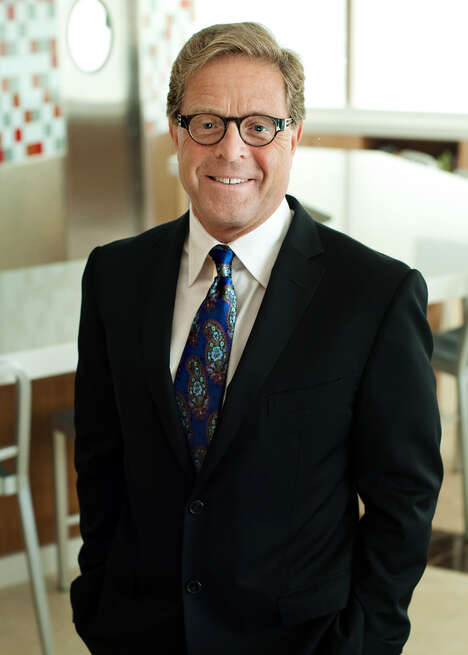 There are very few names in the quick service restaurant industry that are more synonymous with high-quality food and innovative items than Popeyes. Born and raised in Louisiana, this proud company continues to pump out new, and unique, food choices that are guaranteed to delight its fans. Dick Lynch, Chief Brand Experience Officer, is dedicated to creating an innovative environment that controls creative chaos through a set of distinct processes. His passion for creating experiences customers will enjoy is apparent, and Popeyes’ drive to come up with new, exciting products will continue to keep this iconic company at the top of its sector.
There are very few names in the quick service restaurant industry that are more synonymous with high-quality food and innovative items than Popeyes. Born and raised in Louisiana, this proud company continues to pump out new, and unique, food choices that are guaranteed to delight its fans. Dick Lynch, Chief Brand Experience Officer, is dedicated to creating an innovative environment that controls creative chaos through a set of distinct processes. His passion for creating experiences customers will enjoy is apparent, and Popeyes’ drive to come up with new, exciting products will continue to keep this iconic company at the top of its sector.4 Questions with Dick Lynch
1. How does your team generate new ideas?
Generating new ideas is a function of three things we do really well. The first is focus, second is rigor and the third is the magic. Without any one of these three factors we wouldn't be where we are right now. We are currently the most prolific brand in the quick service restaurant (QSR) industry. In five years, we've introduced 12 new products. We are one of the best performing brands in the QSR industry, and that's why our process is so important to us. To generate new ideas, we really rely on our rigor. It's surprisingly unglamorous, and very disciplined. We have a funnel that has four steps, and each acts as a filter. Step one is that four times a year we get together and generate new ideas. However, we are very focused on what goes into the top of the funnel. Each new idea must be related to a specific platform, have a Louisiana flare to it, and fit in with the guardrails we are working with. During the meeting, we make sure we are in a location that helps to spark creativity. It could be a Louisiana plantation or our ad agency, but we just want a venue where we can step outside of the office. We typically come up with 45 new concept ideas that customers look at and select what they would buy. Only 12 ideas make it to the next phase where our culinary team works with the concept and creates them. Then, it moves to our CLT (central location tests), where real consumers come to a central location and test the product. From there, only about 4 products are left, and they go into the marketing test. At the end of this we end up with 1 solid new product, and that's what we implement in our stores. We do that entire process four times a year.
2. What is the biggest challenge you face when innovating?
To define our challenges, we like to picture four dots that make up the corners of a square. Each dot represents a feature of our innovation process that is important to us. One dot is mass appeal, another one is cost, the third is operations and the last one is our Louisiana heritage. It's difficult to have all four represented. It is easy to have three represented, but we try to 'think inside the box,' and make sure we account for all four dots.
3. What makes an innovative culture? How do you create a culture of innovation?
My personal background is very strong in ad agencies, which is a creative environment. When you create something, it becomes a part of you. If it didn't, then you probably wouldn't be truly creative. A lot of time and sweat goes into implementing a new product. Our chefs are like the creative people at an ad agency. When they come up with a new product, it's like a campaign. There is a quote by JFK that I like to use, "Those who dare to fail miserably can achieve greatly." This is something that I strongly believe in. You always learn more from your failures than your successes. As an example, last year, we offered Chicken Waffle Tenders, and it happened to be the most successful product in the brand's history. However, what most people don't know is that it was our third try with that product. We knew our customers wanted it, but we couldn't get it right. We learned from our failures and hit a homerun. Everyone that works for Popeyes knows that we celebrate failure, and since this is common knowledge, they aren't afraid to keep trying.
4. Looking to the future, how will Popeyes continue to be a leader in innovation?
We will continue to stay innovative by doing more of what we are already doing. We cannot afford to stray from what we know we're good at, and what our customers want. If you don't play your game, you're playing someone else's, and staying true to brand DNA is so important. We are going to be determined about our creative process. It's interesting because this approach is a paradox. It's the integration of creativity with discipline, and ultimately, it drives results.
References: popeyes
Featured Articles
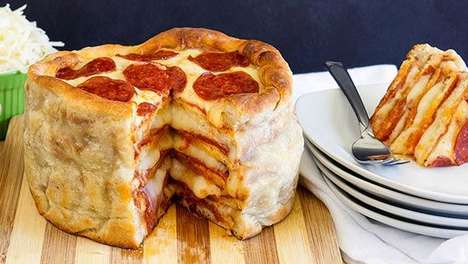
Layered Consumption
Consumers turn to multilayered cuisine to satiate a need for diversity
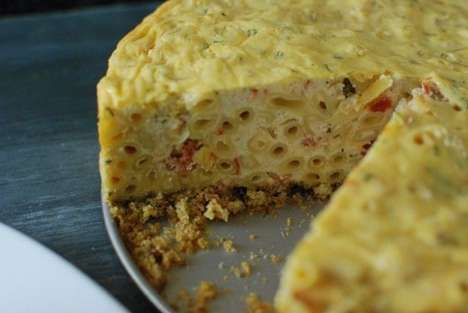
Refined Comforts
Lavish comfort foods blend youthful indulgences with the need for refined tastes
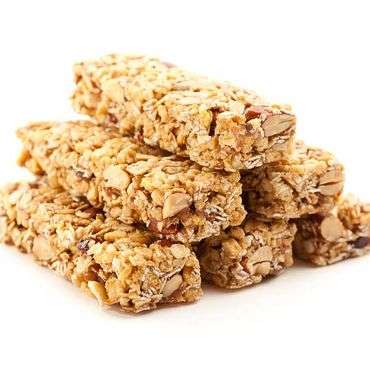
Mass Grainia
Grains and seeds attract consumers with a tight schedule and dietary restriction
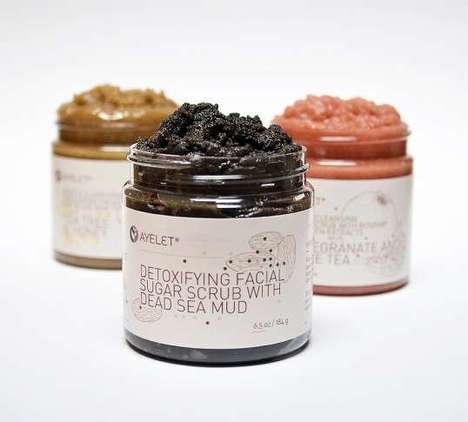
Regimented Decadence
Cosmetics employ food-inspired packaging to communicate indulgence
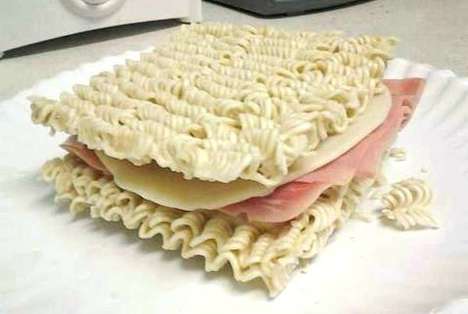
Condensed Cuisine
Foods that condense entire meals into smaller forms offer more convenience
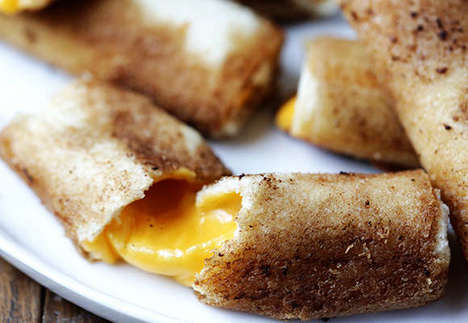
Tiny Indulgence
Smaller sized portions of comfort food meet health concerns with cravings
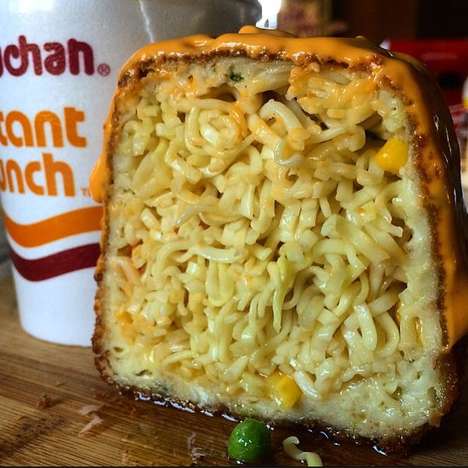
Fried Indulgence
Deep-fried foods reflect a growing consumer demand for enhanced consumption
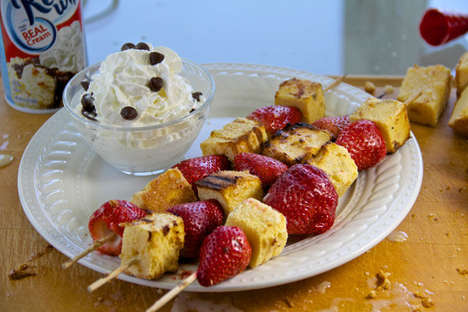
Convenient Consumption
Skewered food options offer a no-mess solution to eating on-the-go
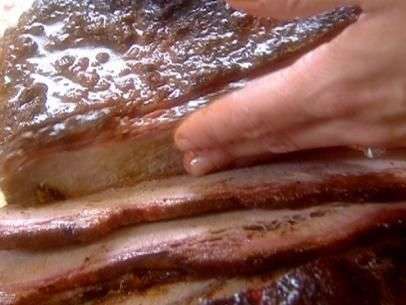
Authenticating Meat
A desire for tradition prompts meat lovers to turn to homemade cooking methods